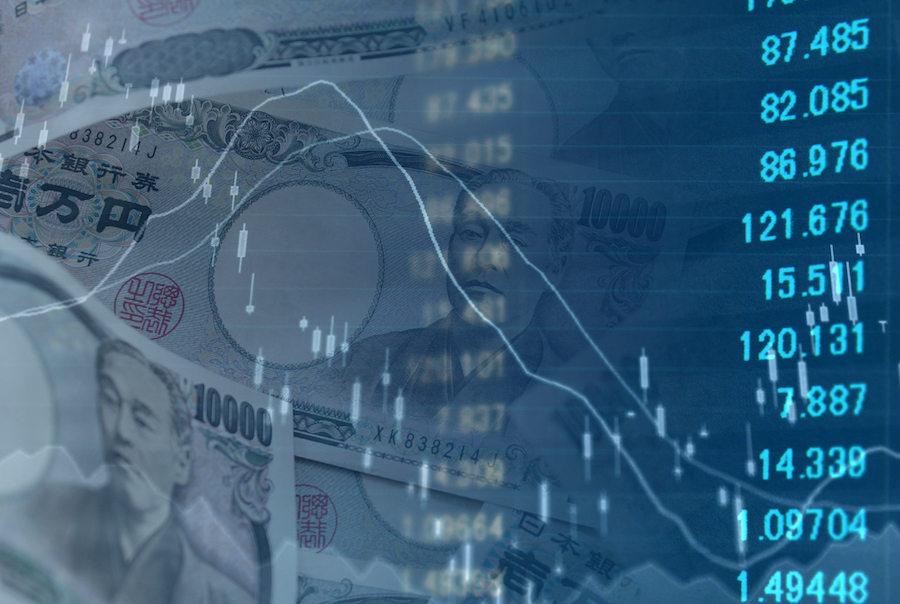

In Japan, long-awaited inflation brings new social concerns
Jakob Greisen, portfolio manager with C Worldwide Asset Management, says demographics and inflation are biggest challenges for Japanese economy
- Featuring: Jakob Greisen
- March 21, 2023 March 21, 2023
- 13:01

(Runtime: 5:00. Read the audio transcript.)
**
After struggling with the adverse effects of deflation for decades, Japan has joined the world in battling inflation, says Jakob Greisen of C Worldwide Asset Management.
The Copenhagen-based portfolio manager said the country has seen inflation ramping up, even if it is , much lower than in Europe or the U.S.
Driven by yen weakness and a rise in prices of imported raw commodities, the annual inflation rate in Japan rose to 4.3% in January 2023, the highest reading since December 1981. Core consumer prices increased by 4.2% year over year in January, above the Bank of Japan’s 2% target for a 10th straight month.
“We have actually seen wage pressure now, because the labour market is tight,” he said.
And while an expected wage growth of about 5% may address cost-of-living concerns, inflationary pressures continue, particularly with regard to food (up 7.3% in January from a year ago) and electricity (20.2%).
“I visited Japan in November, and several companies were reluctant or talked about the difficulty of raising prices to their customers,” he said. “That has been a cultural issue in Japan. But I think inflation currently is too high to ignore. Companies will have to start to raise prices.”
Greisen said another headwind for the Japanese economy is the country’s aging population — a problem that has developed over decades and shows no signs of easing.
“The demographic situation in Japan is worsening. Under Covid there were historically low numbers of babies born,” he said. “People are getting older, and the population is falling. That gives a natural headwind to domestic-oriented companies. For companies exposed toward the export market, it is not that important. But domestic Japan is challenged.”
The situation is only aggravated by the fact that Japan imposes strict limits on immigration — a policy Greisen suggested they may wish to rethink.
“Japan has a choice to either allow more immigration or accept lower growth,” he said.
Greisen said the export-oriented companies he likes are well positioned to benefit from the global megatrend of digitization and automation.
“This is actually an area where the Japanese are in the forefront,” he said. “They have always been very tech savvy.”
Among the brightest stars, he said, is Tokyo-based Sony Group Corp., which is poised to play a big role in metaverse content.
“They have a unique combination of motion pictures, music and games, and the ability to have figures from games being part of movies, and have music within movies and games,” he said. “This interconnection between the assets of Sony could be very, very interesting.”
In the area of advanced manufacturing, he likes Osaka-based Keyence Corp., a developer of a wide range of sensors, scanners, measuring instruments, and digital microscopes. And there is also Tokyo-based Hoya Corp., a glass manufacturer with a dominant share of the market for mask blanks, a key component of semiconductors.
Greisen said these companies are evidence that opportunities abound even in an economy that is challenged by moribund demography and sudden inflation.
“We look for unique companies with a strong market position. We find them in Japan, we find them in Europe, we find them in the U.S. [As] equity investors, we do not invest in economies. We invest in companies,” he said. “We look for companies that can grow overtime because they are supported by a trend or a theme that we think is much stronger than the current economic environment.”
**
This article is part of the Soundbites program, sponsored by Canada Life. The article was written without sponsor input.
